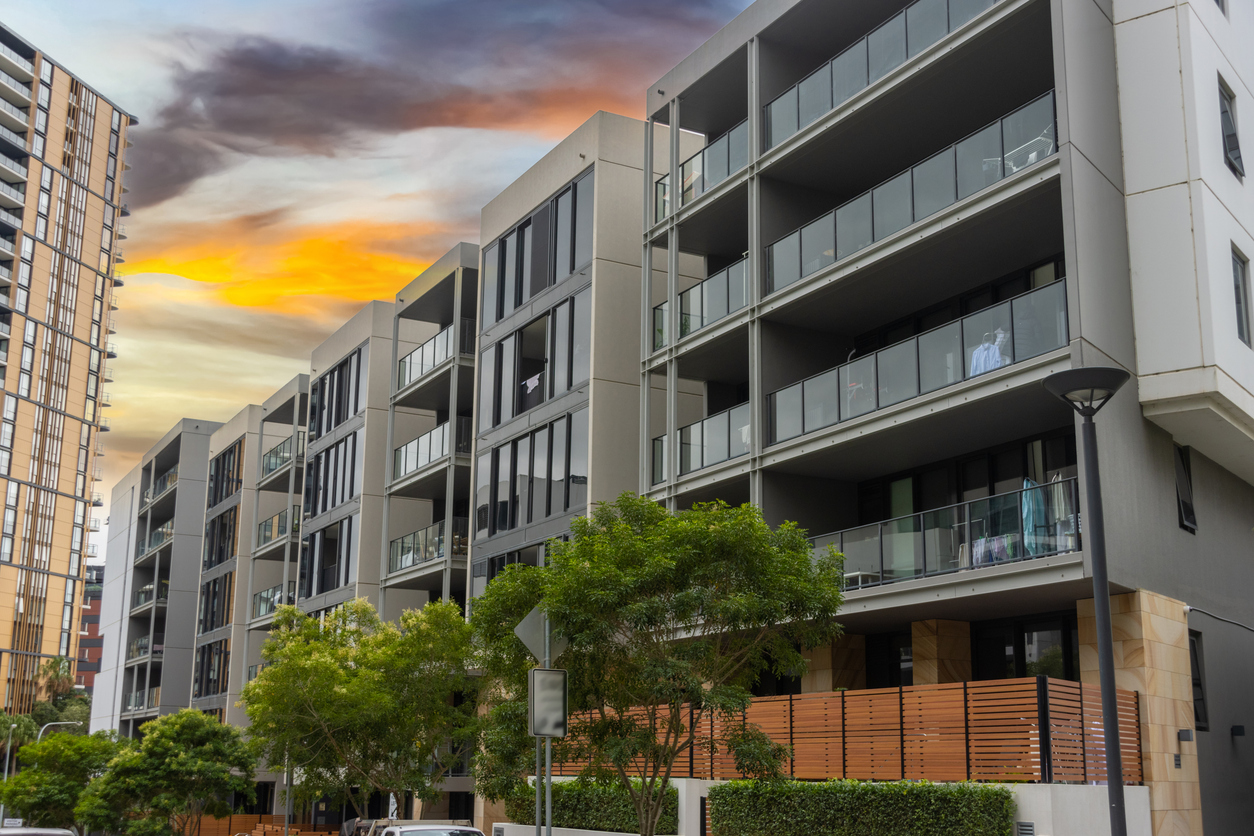NCC 2025: What Specifiers in Glass Should Be Preparing For
As Australia moves toward the next iteration of the National Construction Code (NCC), the 2025 edition brings a suite of changes that will have direct relevance for specifiers of glass products. Whether specifying façades, windows, balustrades, or internal glazing, design choices will increasingly be scrutinised under more stringent demands for energy efficiency, safety, moisture control, and durability. Below are key proposed NCC 2025 updates and what specifiers should be doing now to align with them.
Key Proposed Changes & Glass Product Implications
- Stricter Energy Efficiency, Thermal Performance & Section J Uplifts
- The NCC 2025 proposals include tougher performance requirements for the building envelope. Glazing will continue to be a major area of scrutiny (walls/windows/glazed façades) with increased demands for lower U Values, better solar control, and more rigorous overall energy modelling.
- Section J (which covers energy efficiency in commercial buildings) is likely to increase the minimum performance of glazing — e.g. higher specs for insulating glass units (IGUs), Low E coatings, frame thermal breaks.
- Condensation Management & Moisture / Vapour Control
- New requirements for external wall assemblies (vapour permeable barriers, sarking), especially in certain climate zones, to control internal moisture and reduce condensation risk. This impacts how glazing is spec’d, particularly in juxtaposition to wall assemblies.
- Sealing of glazing edges, correct use of flashing, drainage paths around windows and façade glazing will be vital to avoid leaks or moisture ingress. Specifiers will need to pay closer attention to the interfaces between glass, frames, walls, and roofing.
- Waterproofing / Water Ingress & Weatherproofing Enhancements
- More rigorous waterproofing requirements for balconies, roofs, and external glazed elements. Glazed doors, windows, curtain walls, and balustrades will require detailing that resists water ingress under more demanding standards.
- Performance standards for external cladding, glazing seals, and joints will be under the spotlight. Non-conforming or marginal systems may no longer be acceptable.
- Safety & Human-Impact Glazing (Fracture, Breakage, Protection)
- Provisions under Part 8.3 (Glass) and 8.4 (Glazing Human Impact) are current in NCC 2022, but specifiers should expect continued relevance and possibly stricter interpretation/adoption in NCC 2025. Ensuring glazing used in human‐impact zones (such as low windows, doors, balustrades) meets the right standards (AS 1288 etc.) will be critical.
- Laminated glass, toughened glass, and appropriate interlayers may become more commonly required in safety glazing to meet both human-impact and energy/water-tightness demands.
- Compliance, Verification & Documentation
- The proposed changes signal increased emphasis on verification – energy modelling, inspection of moisture control/flush/drainage to ensure assemblies perform as specified. Specifiers will likely need to provide more documentation and perhaps model performance to demonstrate compliance.
What Specifiers Should Be Doing Now
To prepare for NCC 2025, here are actions specifiers should consider taking:
- Review Product Data Sheets and Test Reports
Ensure you have up-to-date performance metrics (U Values, solar heat gain coefficients, visible light transmission, seal durability, etc.) for all glazing products being considered. Seek products that are tested in assemblies similar to your application. - Think Through System Interfaces
Often failures in glazing systems happen at the margins: frame to wall, sealants, flashings, gutters. Engage early with suppliers/manufacturers to verify the detailing of these interfaces, especially for waterproofing, condensation, expansion/contraction, wind loading. - Design for Climate Zoning
Australia’s climate zones impose varying requirements for thermal control, condensation, and moisture. Specifiers should map which climate zone their projects fall into, reference the specific prescriptive or performance options in NCC, and influence product selection accordingly. - Prioritize Higher Performance Glazing Options
This may mean Low E coatings, thermally broken frames, laminated/toughened glass, double or triple glazed units, or advanced interlayers. Even if not strictly required in every case, designing to this higher spec now can provide risk mitigation and future proofing. - Collaborate with Specialists Early
Include façade engineers, glazing system manufacturers, consultants in energy modelling, waterproofing experts, early in design to avoid last minute redesigns when code approvals are reviewed. - Document & Validate
Keep records of performance claims, test certificates, and ensure the construction details are validated on site (mockups, inspections). Provide clear documentation for compliance with NCC clauses.
Potential Risks If Unprepared
- Specifying glazing that doesn’t meet future performance may lead to non-compliance, delays in approvals, modifications, or even legal liabilities.
- Building owners may face higher operational costs if glazing fails to deliver on thermal or moisture performance (e.g. higher energy bills, condensation, mould).
- Risk of moisture ingress or glazing seal failures could lead to long-term damage to structure, finishes, reputational risk.
Conclusion
The NCC 2025 changes are likely to raise the bar for building envelope performance, moisture control, safety, and documents of verification. For specifiers of glass, that means paying closer attention not just to the glass itself – its thermal, solar, safety properties – but how it integrates with frames, assemblies, waterproofing, and how it’s verified and documented.
By preparing now – working with high performance products, tightening specifications, clarifying detailing and interfaces – specifiers and suppliers like Viridian can not only ensure compliance, but also lead the market with better, more sustainable, more durable glazing solutions.
